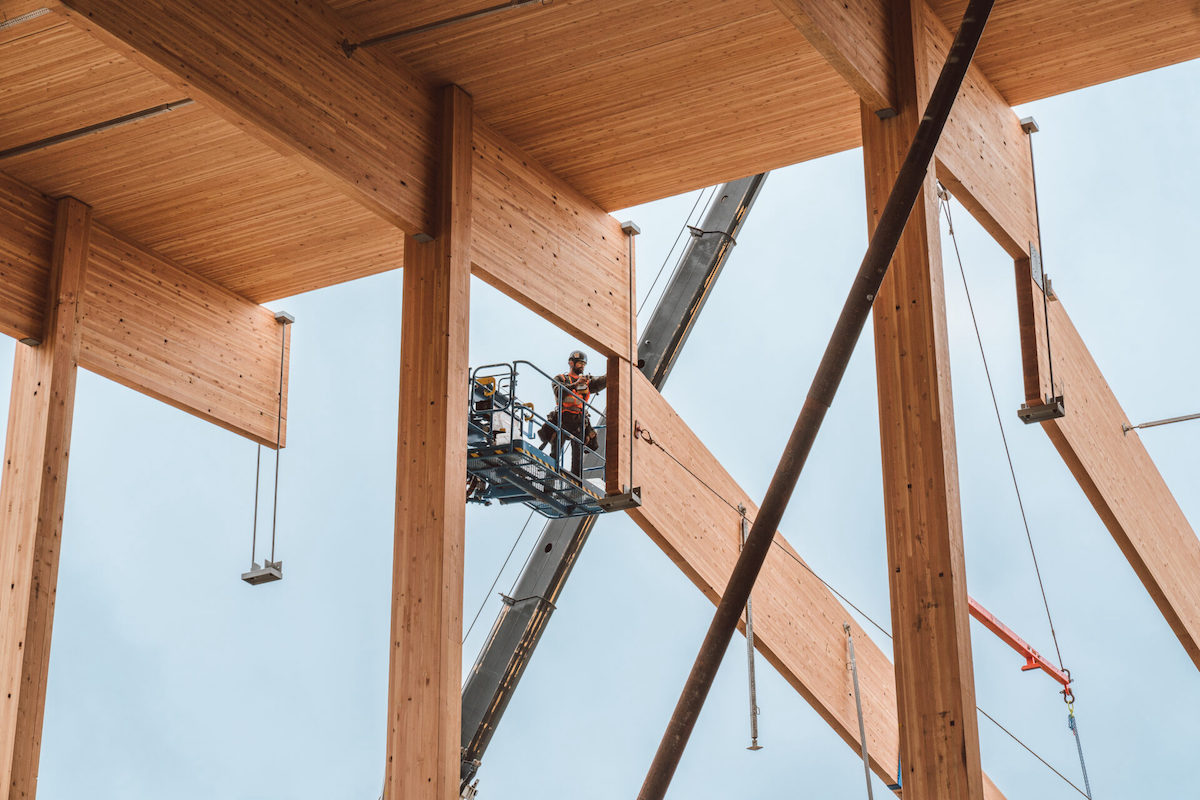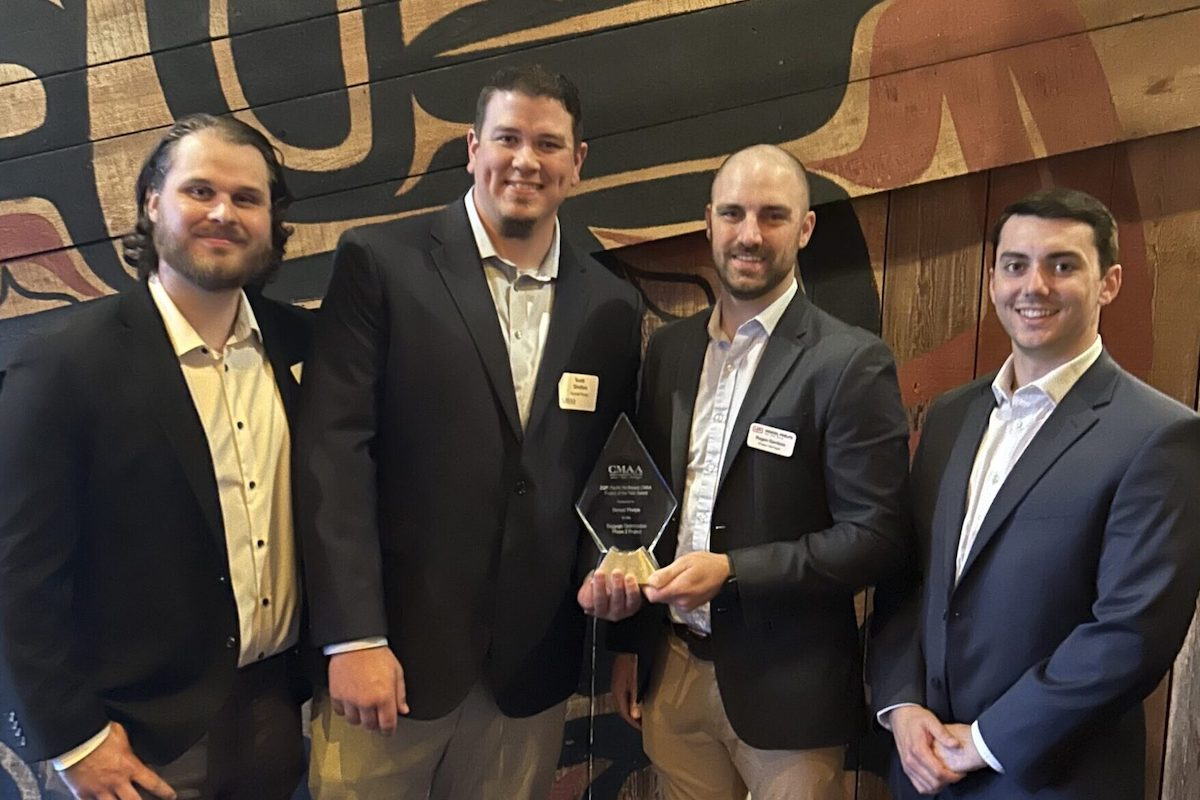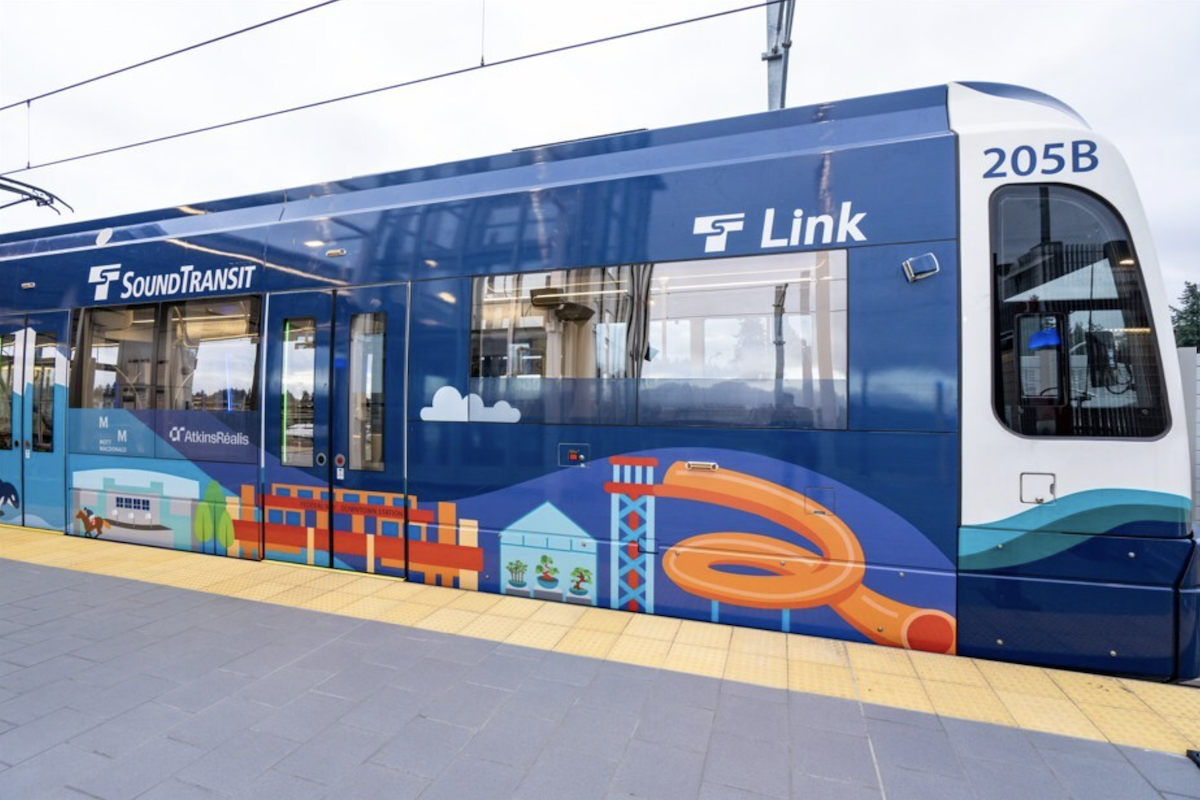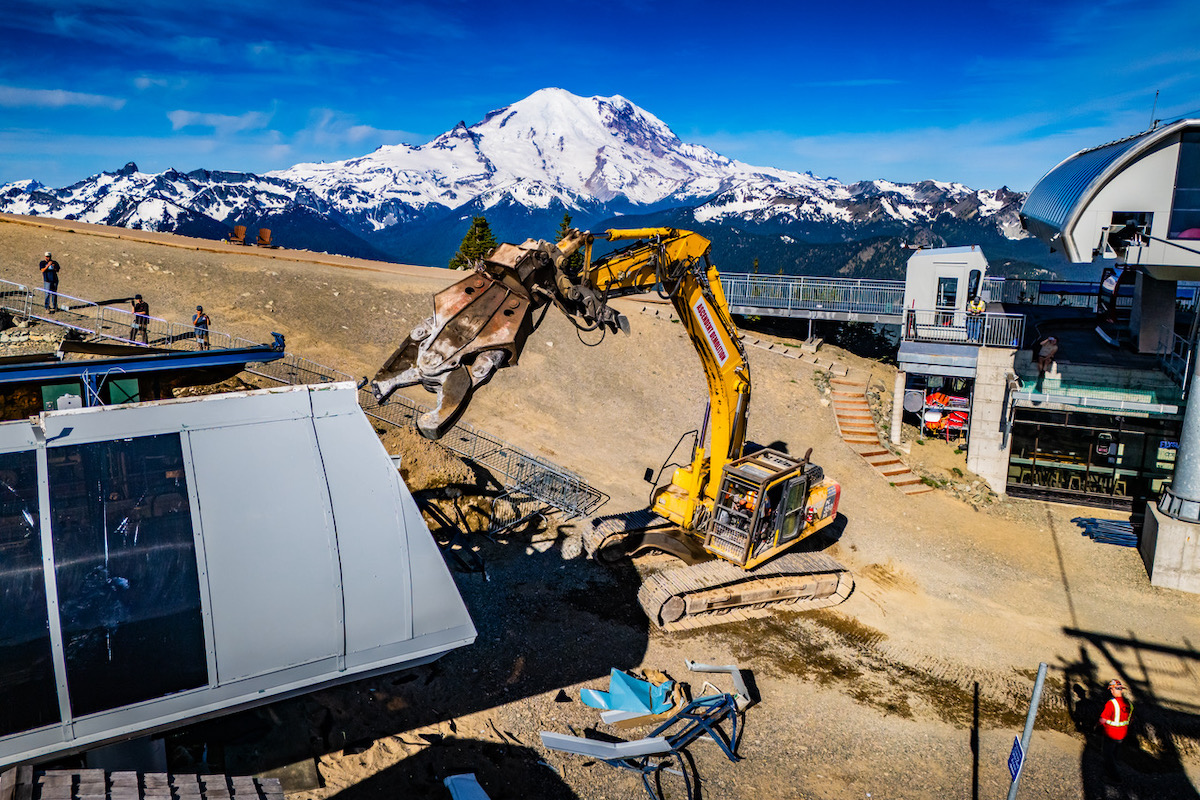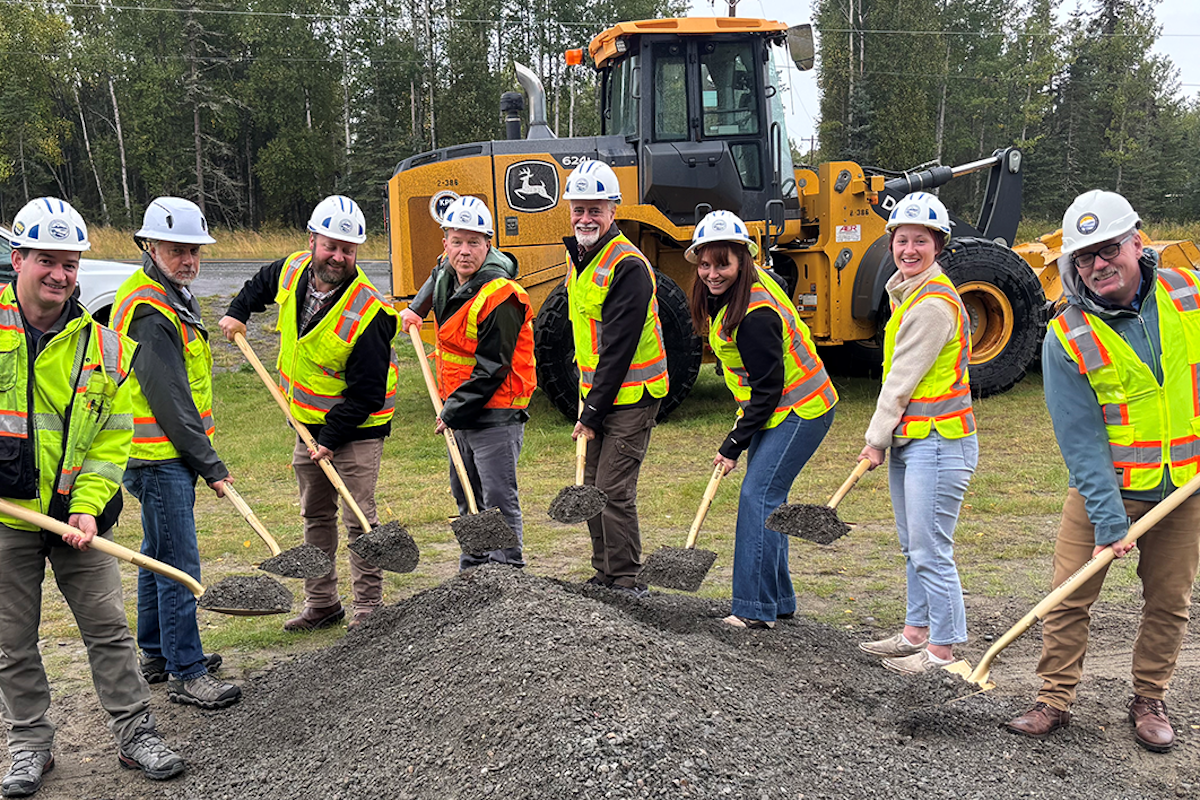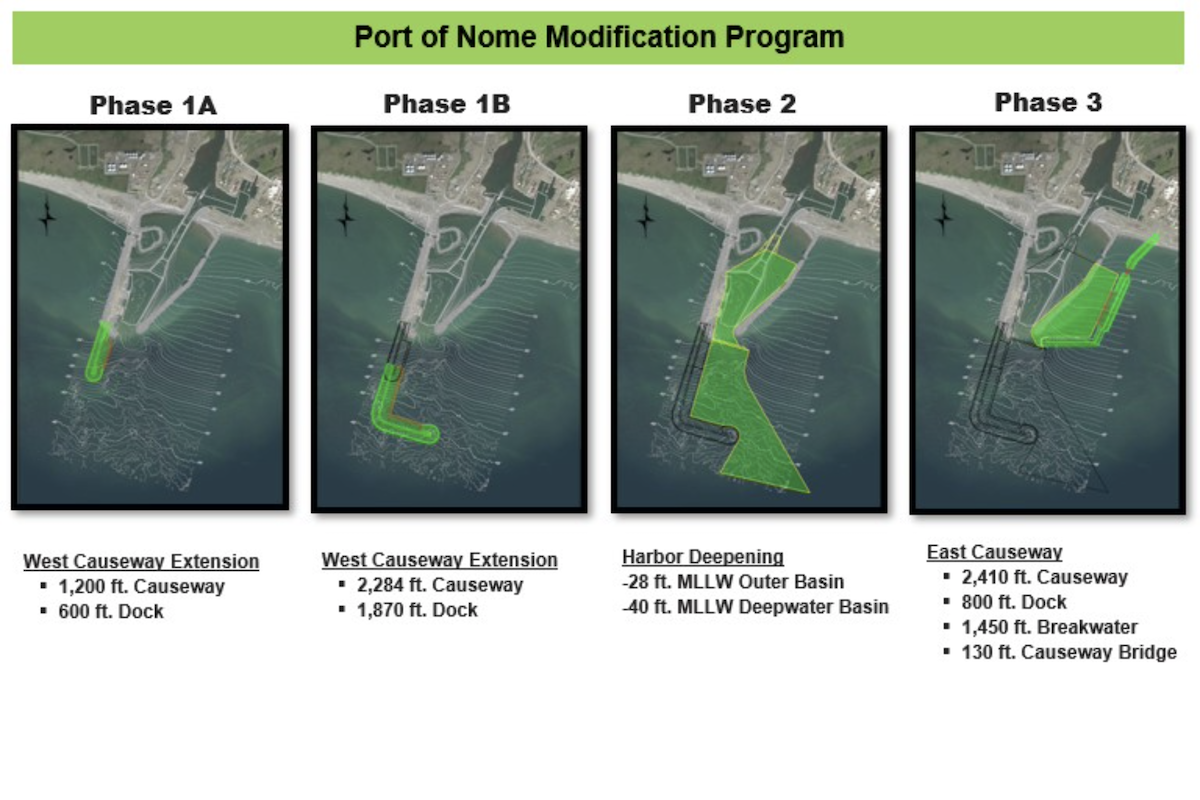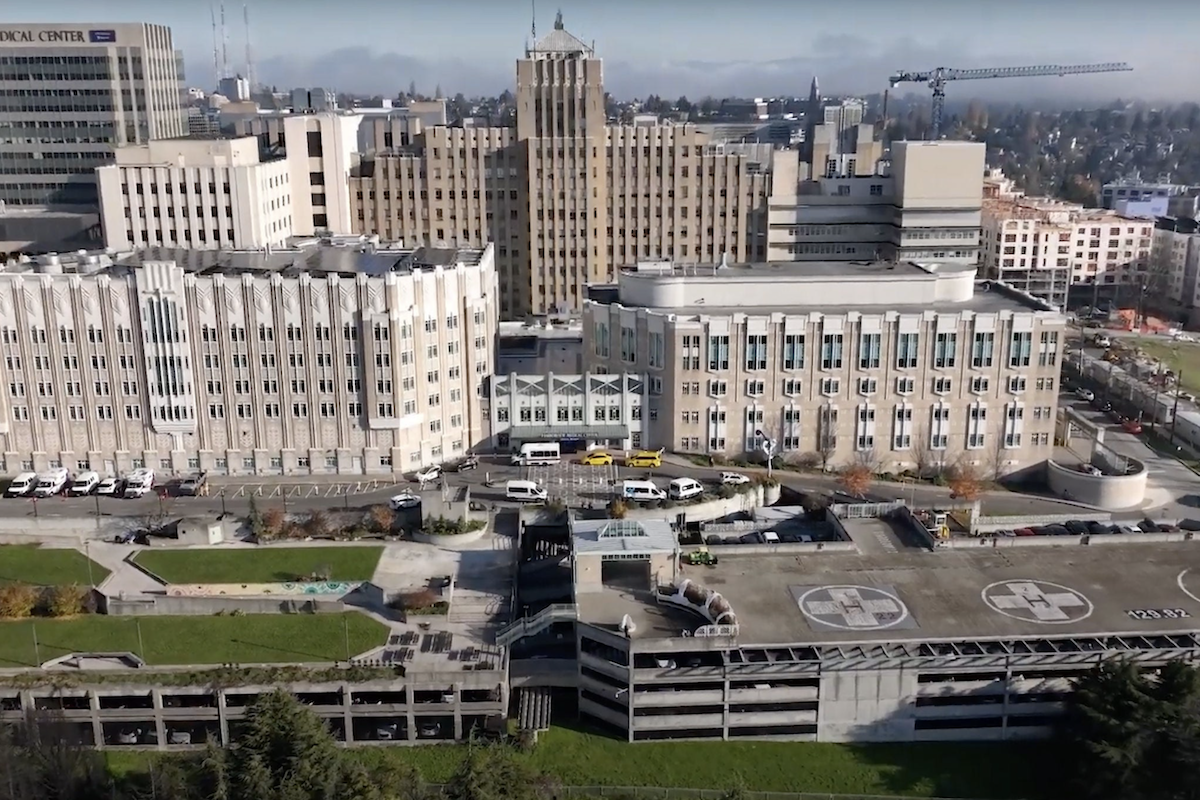The Complete 540 Project involves constructing approximately 28.5 miles of new expressway (three lanes in each direction). The added section of the route will run through seven cities and multiple other major thoroughfares. The project is being done in two phases.
Construction on the first phase began in November 2019. The expected completion date is the summer of 2024. Phase two, which will cover approximately 10 miles, is scheduled to commence in May of 2024 and be completed in 2028.
As part of phase one, more than 10 million cubic yards of earth were moved, 125,000 linear feet of piles were installed, 200,000 cubic yards of concrete was poured, 900,000 tons of asphalt was paved, over 39 miles of pipe was placed, and 1.6 million square feet of brick sound walls were installed.
The North Carolina Turnpike Authority (NCTA) broke phase one into three separate segments. This was due to the size and scope of the project and to provide the opportunity for more contractors, designers, and consultants to be a part of this historic project.

| Your local Volvo Construction Equipment dealer |
|---|
| PacWest Machinery |
The design-build project has three separate joint ventures. The same team — Flatiron Construction and Branch Civil — are the general contractors for segments A and B. Lane Construction and Blythe Construction make up the joint venture for segment C. The three segments have different design consultants.
“The contractors were selected based on their ability to innovate,” said Dennis Jernigan, the Deputy Chief Engineer for Highway Operations at the North Carolina Turnpike Authority. “We have worked with each contractor and respect their capabilities and the work that they have done in North Carolina.”
One example of the innovation that the NCTA sought was delivered in the form of the turbine-style interchange. The original design called for three levels. However, the design-build team collapsed it to two levels without impacting service or traffic friction and saved $15 million.
However, some issues that arose from that period impacted the project. “Labor became an issue for the contractors when entire crews had to quarantine because of a COVID exposure,” Jernigan said. “And we all had to learn new ways to conduct business through social distancing and virtual meetings.”
Inflation, which continues to persist, has also impacted the project. As the price of construction materials soared, the North Carolina General Assembly stepped in to provide assistance to contractors and subcontractors across the state. This support helped to ease financial strain and prevent significant losses on North Carolina Department of Transportation (NCDOT) projects.
The rise in construction costs also impacted the scope of phase one, with NCTA adding one and a half bridges to one of the projects. In the future, a loop will be changed to a flyover ramp, and a bridge was built in anticipation. For the half bridge, the substructure was built in phase one, and the superstructure will be constructed in phase two. Money was pulled from phase two to fund the bridges.
“By doing this in advance, we will save on construction costs since prices continue to rise,” Jernigan said. “It also means less impact to the public. If we did this during phase two, we would have to shut down the road, and there is no suitable detour.”
Another unexpected challenge (though not pandemic-related) was due to the weather. The area had its wettest year on record in 2020. The deluge impacted scheduling.
During that time, the property owners could not develop their land, add buildings, or subdivide their property without pursuing a variance from the state.
Property owners brought legal suits against NCDOT. Judges ruled for the property owners, and the Map Act was rescinded in 2016. Although the majority of Map Act cases have been settled, a handful remain, and the calculation of just compensation is still a topic of debate.
The Map Act and the legal suits have impacted the Complete 540 project. “It took until late 2020 to early 2021 for the contractors to have full access to the project,” Jernigan said. “All three contractors, as well as the utility companies, had to shuffle their work based on where they had access.”
The limited access, as well as the issues noted above, have impacted the construction completion date. Originally scheduled to complete in 2023, the North Carolina Turnpike Authority met with each contractor once the right of way was completed and access secured to reset the schedule. “We are slightly behind the reset date, but we at the Turnpike Authority have a date when we wanted to open and we are near that,” Jernigan said.
Most people in the area are looking forward to the completion of the project. Jernigan credits the robust outreach that NCTA has done.
“We started meeting with civic organizations, town boards, HOAs, and local governments two years before we began construction,” he said. “We have held or participated in over 100 meetings and reached more than 4,000 people [NCTA only began tracking these statistics at the start of the COVID-19 pandemic], and the most commonly asked question we get is, ‘When will 540 open?’ People recognize the benefits this project will bring and are ready to begin using it.”
On that note, another challenge is the need to have the three separate sections finish work on the same date. There can be no partial openings for the project. NCTA has another contract with the toll integrator. Toll N.C. 540 will be an all-electronic toll facility, which means no stopping and no toll booths.
To complete their work, the toll integrator requires four months. Before the toll integrator can begin work, there must be power along the route. “Many things have to come together at the same time in order to open on time,” Jernigan said.
They used chemical stabilization on the corridor, which they expect to give the road more durability. “We tested the soil to determine whether lime or cement was the appropriate stabilizing agent,” Jernigan said. “While lime stabilization is typically placed as a slurry, cement is not. On the eastern part of the project, however, we tested the use of a cement slurry method that is new to North Carolina.”
They also used roller-compacted concrete. The concrete is comprised of the same ingredients, but it is drier and stiffer. Therefore, it can be spread by a paver and compacted with rollers and does not require joints, formwork, etc., so it can be done quicker and easier. However, it is sensitive to slump and can be difficult to finish.
The funding is from multiple sources. They include:
- Federal TIFIA Loan: $499 million for phase one and $417 million for phase two
- Toll Revenue Bonds: $544 million for phase one and $359 million for phase two
- State Appropriation Bonds: $116 million for phase one
- NCDOT Contribution: $371 million for phase one and $400 million for phase two
Jernigan said that the above dollar values are summations and include premium values. In addition, the sources for phase one have varied since initial financing as the NCTA has taken advantage of restructuring deals to allow savings and flexibility.
Phase one of the Complete 540 project is nearly complete. Jernigan described the project as transitional and said, “It will have a positive impact on the area that is almost difficult to describe.” The project will allow traffic to flow to and from the west, south, and east of Raleigh, avoiding the need for vehicles to pass through the downtown area.
- Owner: North Carolina Turnpike Authority
- General Contractors: Flatiron Construction, Broomfield, Colorado; Branch Civil, Roanoke, Virginia; Lane Construction, Charlotte, North Carolina; and Blythe Construction, Charlotte, North Carolina
- Project Designers: Gannett Fleming, HDR, and WSP (design-build leads); H.W. Lochner (preliminary design)
- Project Engineers: Dennis Jernigan, PE, North Carolina Turnpike Authority; Robby Hoffman, PE, Summit Design and Engineering





















